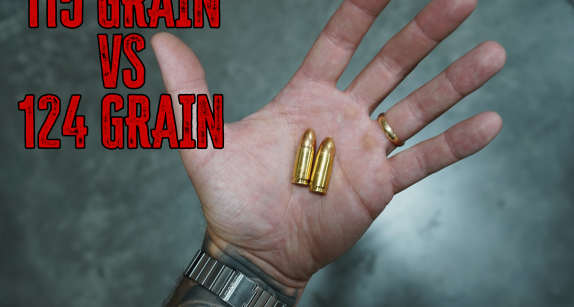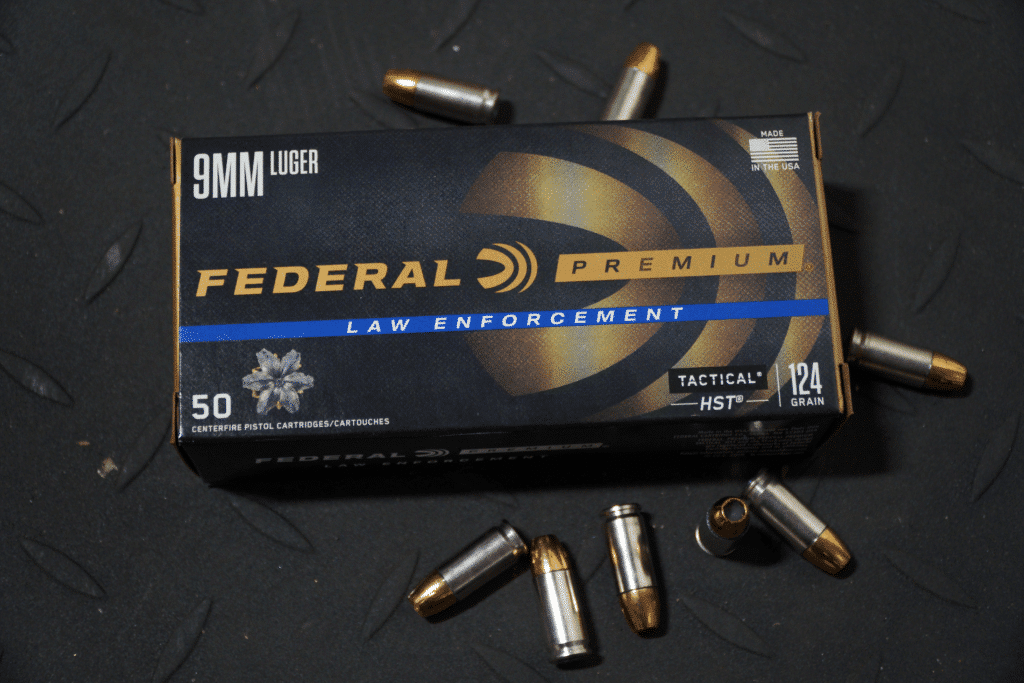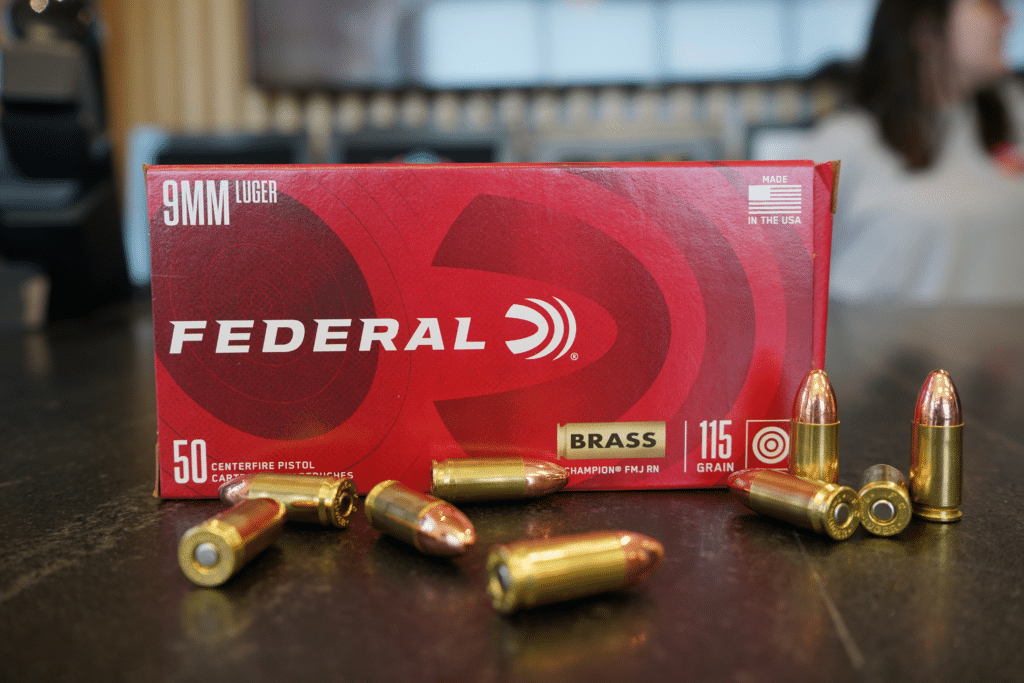Discover the ins and outs of remanufactured ammunition with True Shot Academy. Learn everything you need to know in this blog post.

The world of firearms and ammunition is vast and varied, and even the seemingly small differences can have a significant impact on performance. In the world of 9mm ammunition, two popular choices stand out: the 115 grain and 124 grain options. While they may seem similar at first glance, these rounds possess unique characteristics that set them apart. In this blog post, we’ll delve into the differences between 115 grain and 124 grain 9mm ammunition, exploring their ballistic properties, recoil, and applications.
Shop All 9mm Ammo
Shop 9mm 115 Grain
Shop 9mm 124 Grain


The primary distinction between 115 grain and 124 grain 9mm ammunition lies in their bullet weight. The term “grain” refers to the weight of the bullet, with 1 grain equaling approximately 1/7000th of a pound. As such, a 115 grain bullet weighs less than a 124 grain bullet. The difference in weight leads to various effects on the bullet’s trajectory, velocity, and terminal performance.
Due to the heavier projectile, the 124 grain 9mm ammo typically achieves slightly lower muzzle velocities compared to the lighter 115 grain counterpart. However, the 124 grain round often compensates with slightly higher muzzle energy, meaning it imparts more force upon impact. This energy difference is generally minimal but can influence terminal ballistics, especially at longer distances.
The weight of the bullet also influences the felt recoil by the shooter. As expected, the 124 grain ammunition generates slightly more recoil than the 115 grain. However, the difference is often marginal and might not be a significant factor for experienced shooters. Novice shooters or those with weaker grips may find the 115 grain more manageable in terms of recoil.

When comparing accuracy and precision between 115 grain and 124 grain 9mm ammunition, it’s essential to consider the firearm and the shooter’s skill level. In most cases, the difference in bullet weight doesn’t substantially impact accuracy. A well-maintained firearm, proper shooting technique, and quality ammunition will have a more significant effect on accuracy and precision than the minor weight variation between these two rounds.
Both 115 grain and 124 grain 9mm ammunition can serve effectively for self-defense purposes. The 124 grain round might have a slight edge in terms of terminal performance due to its higher muzzle energy, but the 115 grain round remains widely used and trusted by law enforcement and civilians alike. What’s crucial for self-defense is selecting reliable, high-quality ammunition that functions flawlessly in your chosen firearm.
For target shooting and competition, both 115 grain and 124 grain 9mm rounds have their proponents. Some shooters prefer the slightly lighter and faster 115 grain round. On the other hand, others favor the smoother shooting (less felt recoil which allows for faster follow up shots) and slightly improved ballistic characteristics of the 124 grain round. Ultimately, the choice depends on the individual shooter’s preferences and needs.
In summary, the differences between 115 grain and 124 grain 9mm ammunition may appear subtle, but they can influence performance, recoil, and application. The 124 grain round generally delivers slightly less muzzle energy and may have a slight advantage in terminal performance over 115 grain 9mm. However, these distinctions are often marginal, and individual preferences, shooting skills, and firearm compatibility play a more significant role in determining the optimal choice. Whatever your decision, always prioritize reliable, high-quality ammunition for the best shooting experience and results.
Want to learn more about 9mm ammunition compared to other calibers?
Check out our related articles:
Need bulk ammo? At True Shot Ammo, we have a wide variety of handgun ammo and rifle ammo available to purchase. Please visit our website trueshotammo.com, call us at (888) 736-6587 or, you can email us at [email protected] for more ammo options.
4 Responses
I prefer 124. I think the recoil compared to 115 feels “less sharp”.
Why no 145 grain 9 m.m. Shells offered on your Site?
Hi Thomas,
Are you looking for FMJ or HP 9mm?
While not 145 grain, we carry a 140 grain FMJ option from S&B, https://trueshotammo.com/ammunition/pistol-ammo/9mm/sellier-bellot/sellier-bellot-9mm-40-grain-fmj/
Thank you for an excellent answer to the 115 vs 124. I have tried loading alternate rounds in my mag to experience the difference. In my EDC 43x I found very minimal difference in recoil . Many shooters often wonder about the difference and your explanation was excellent.